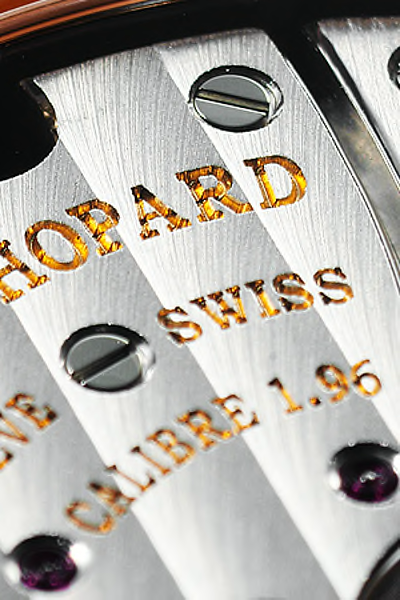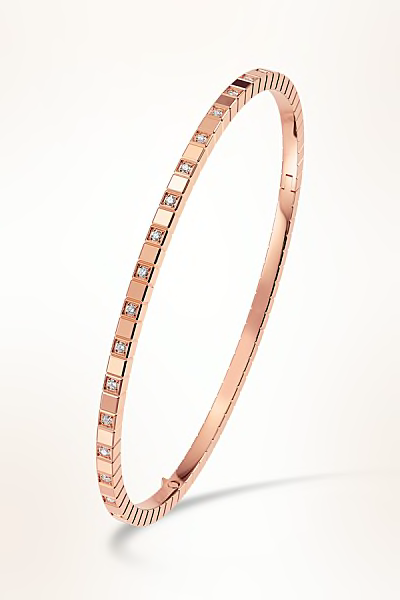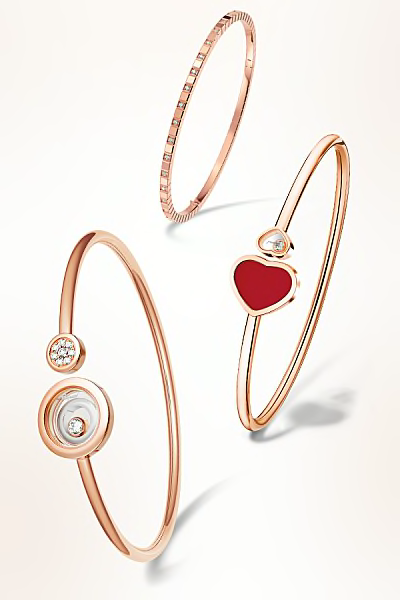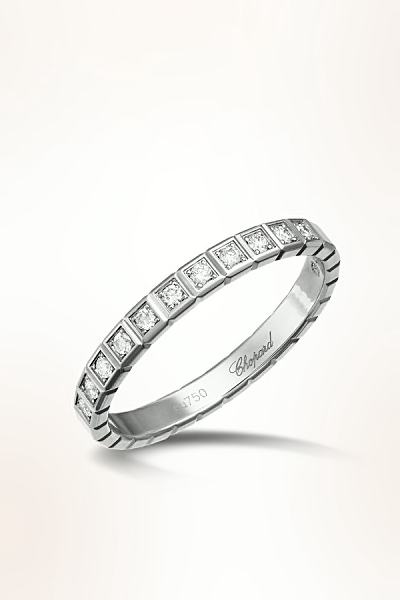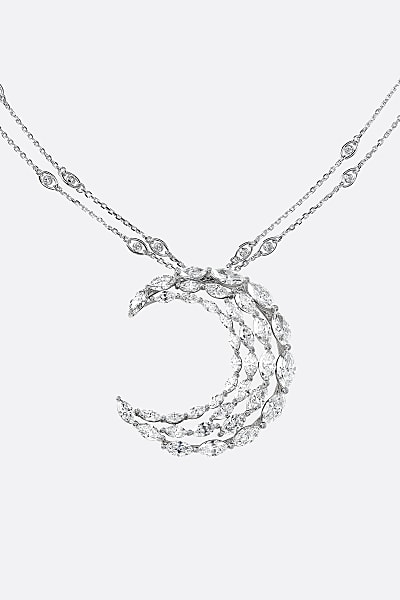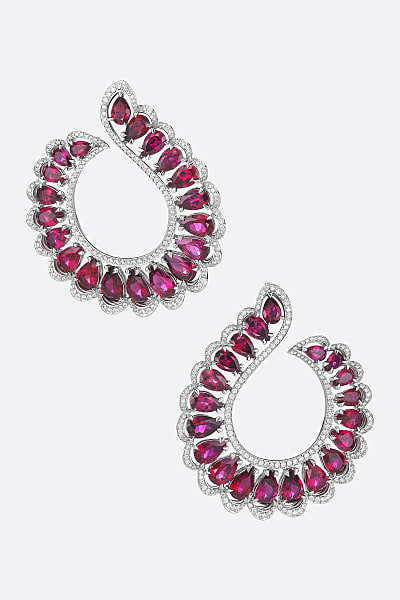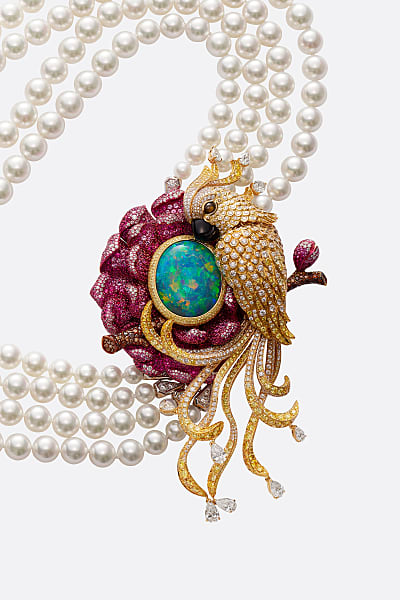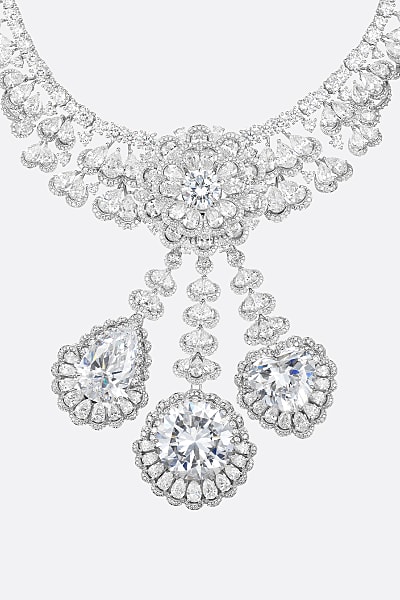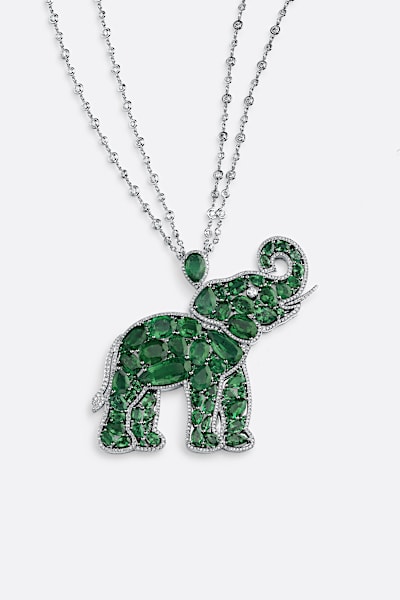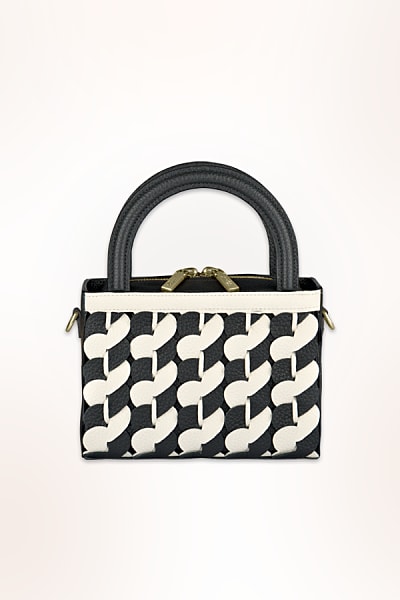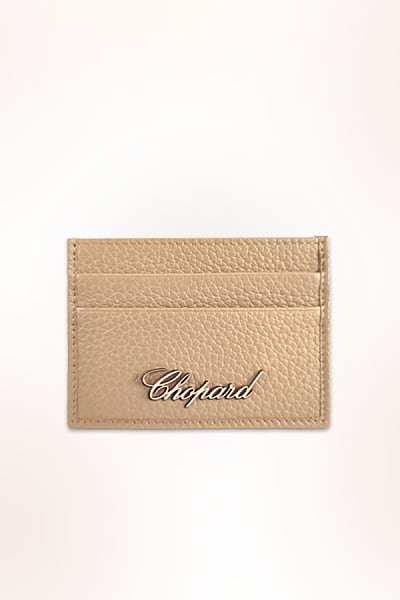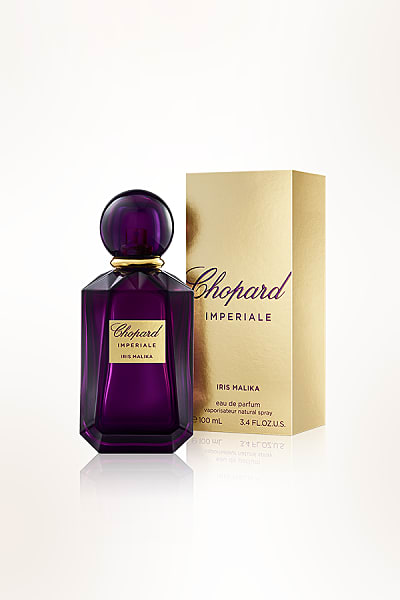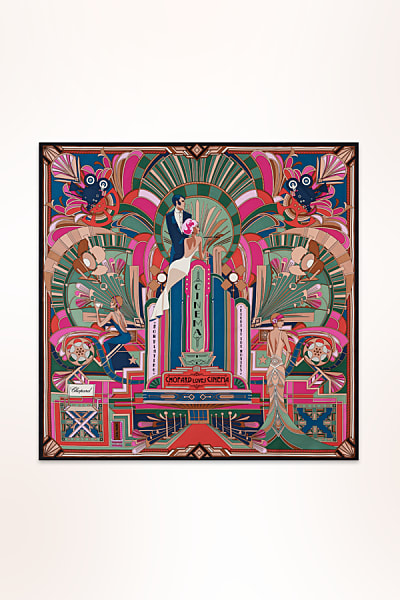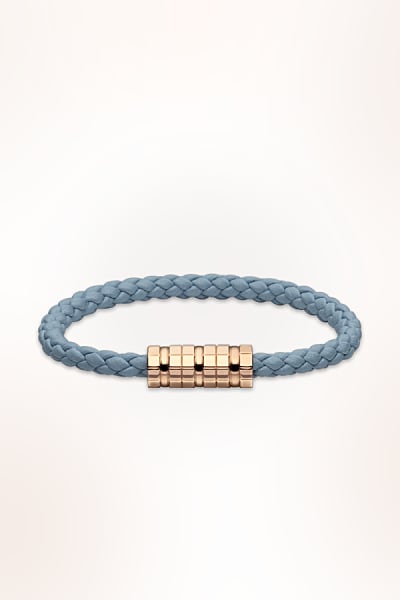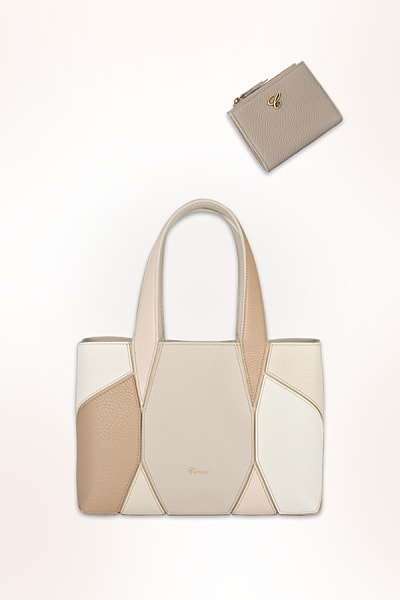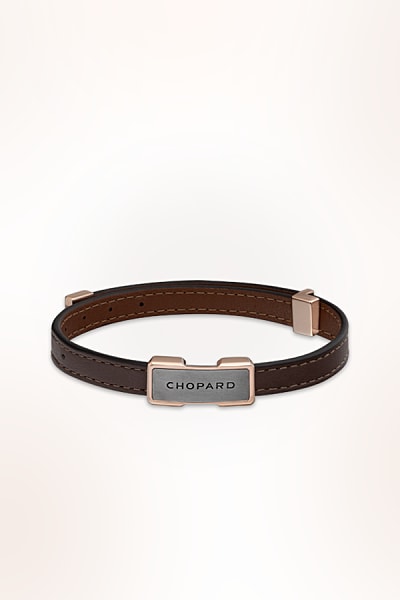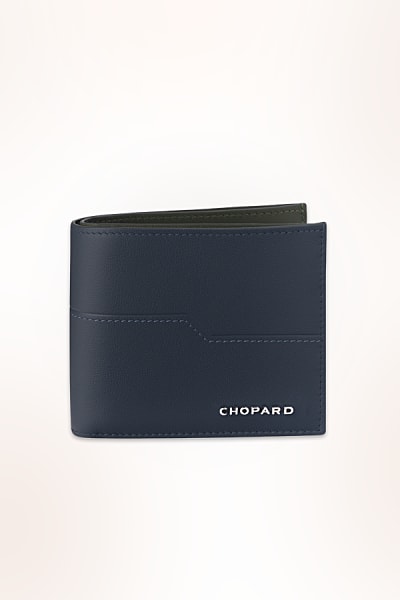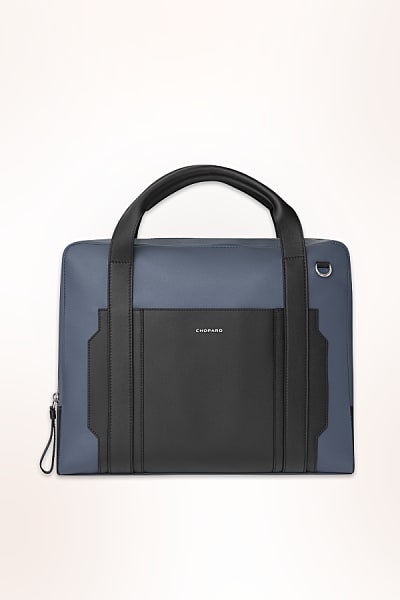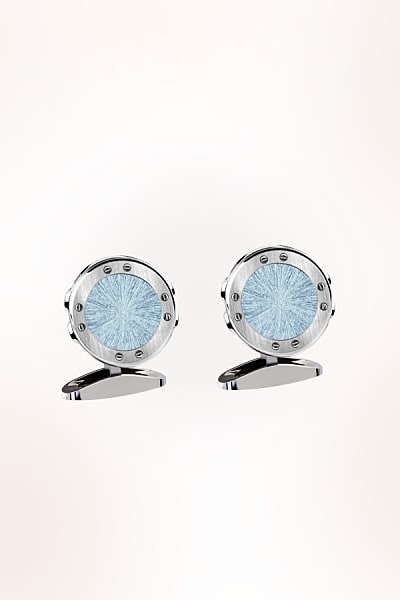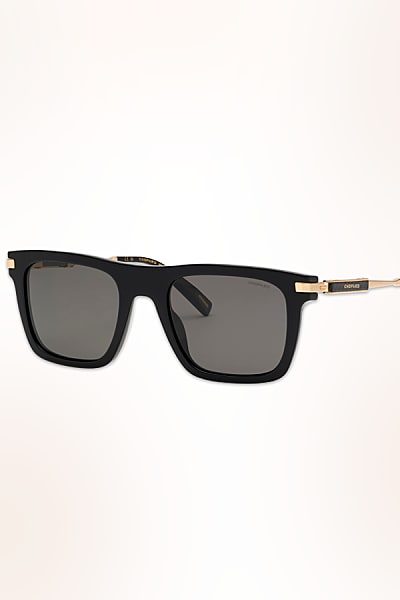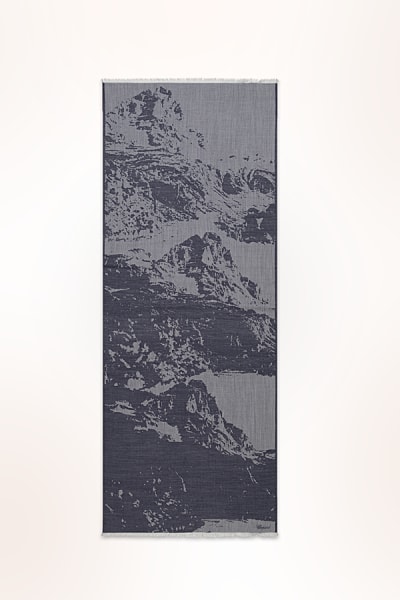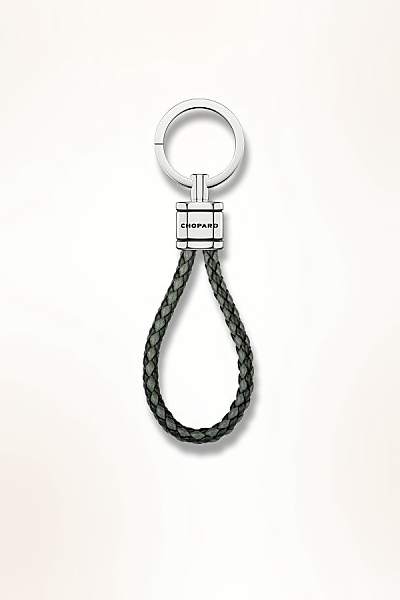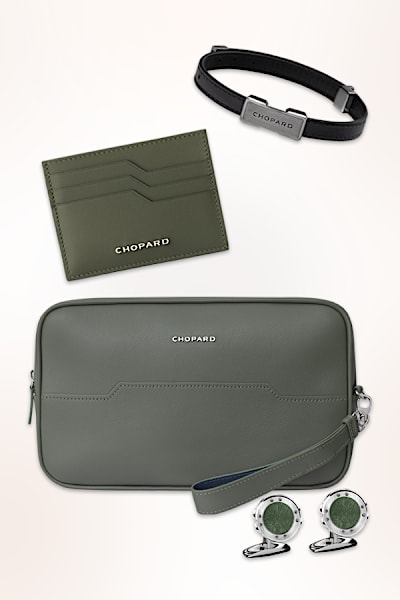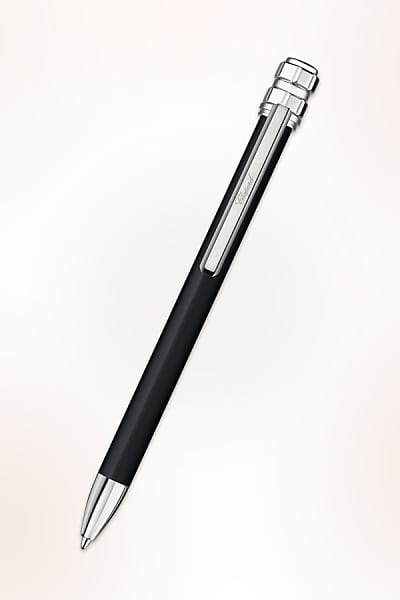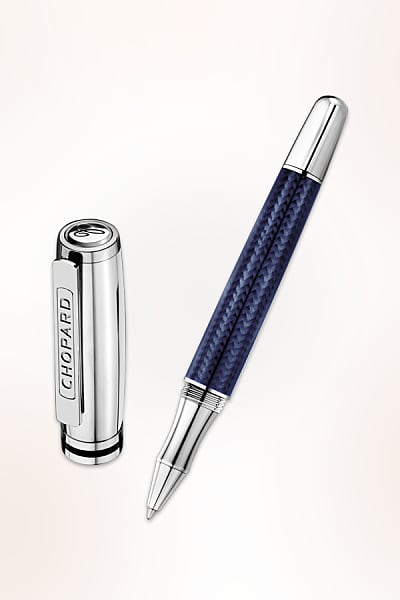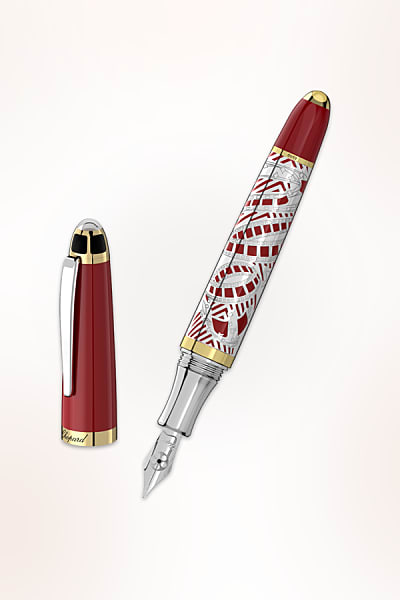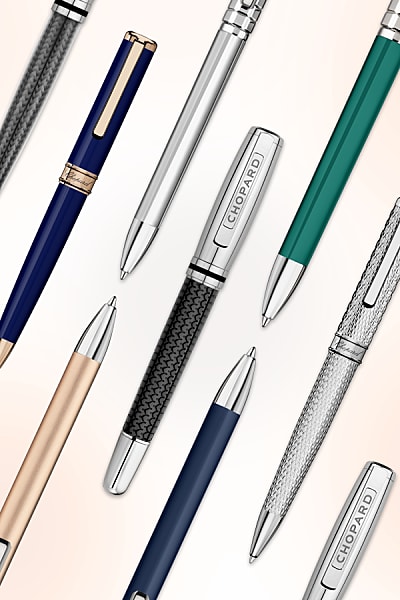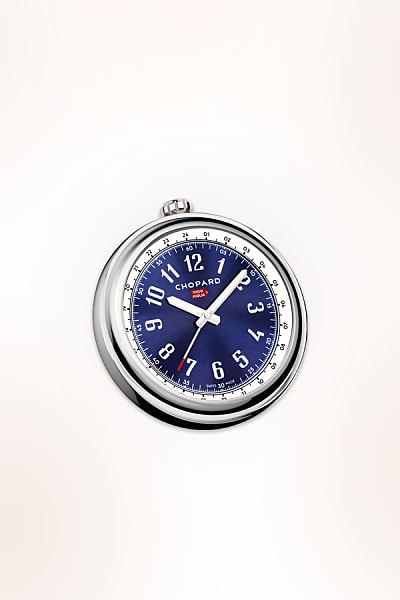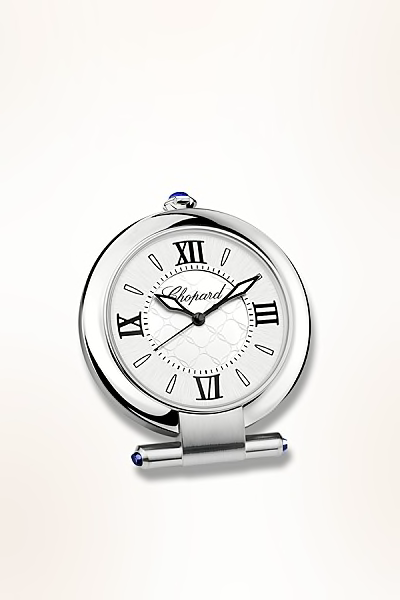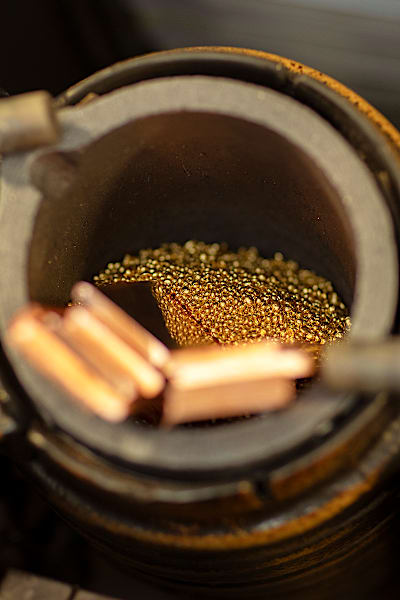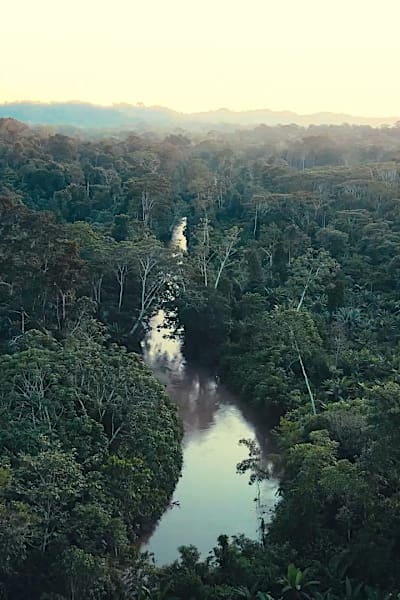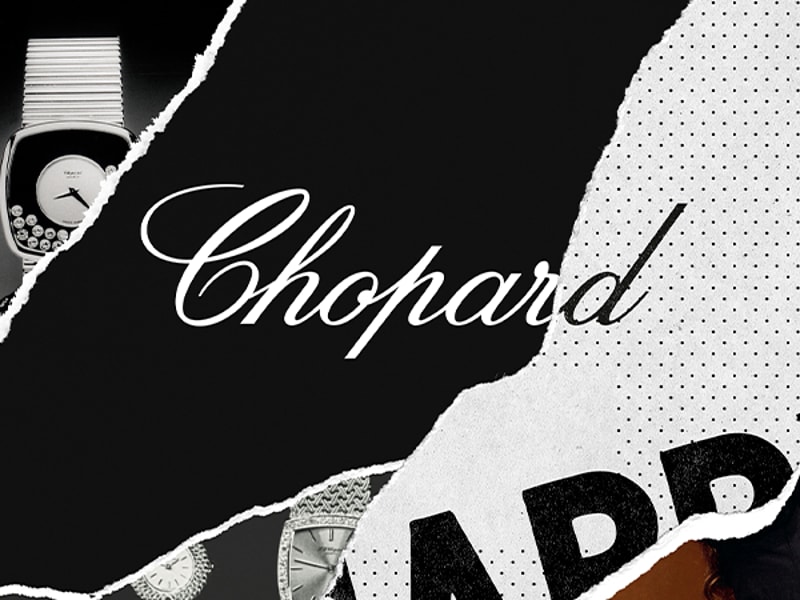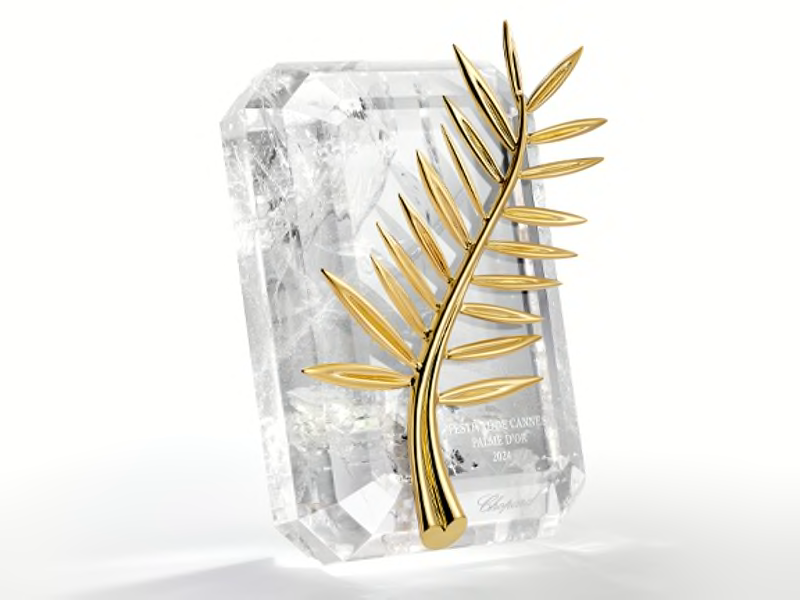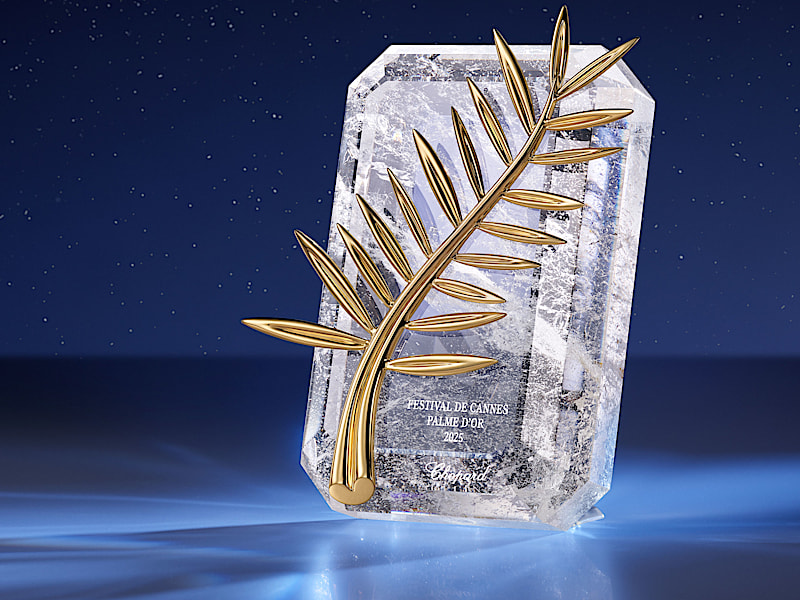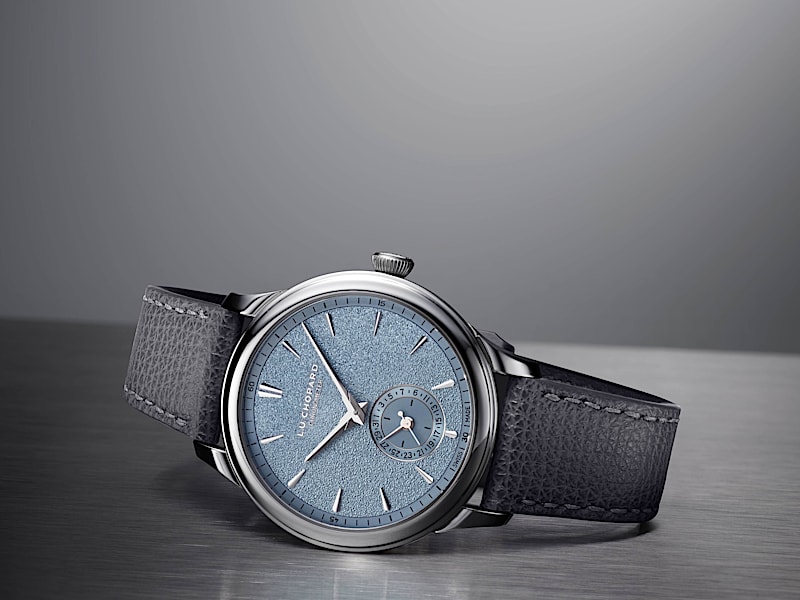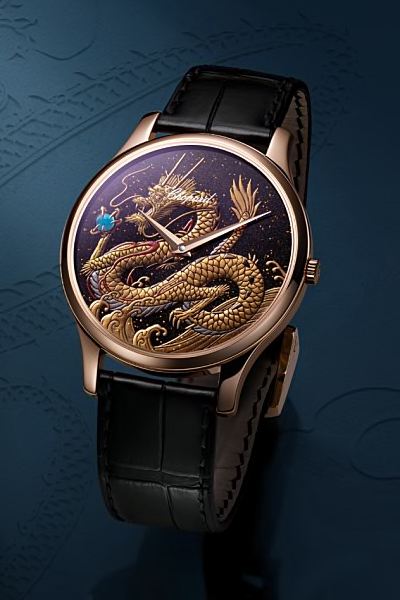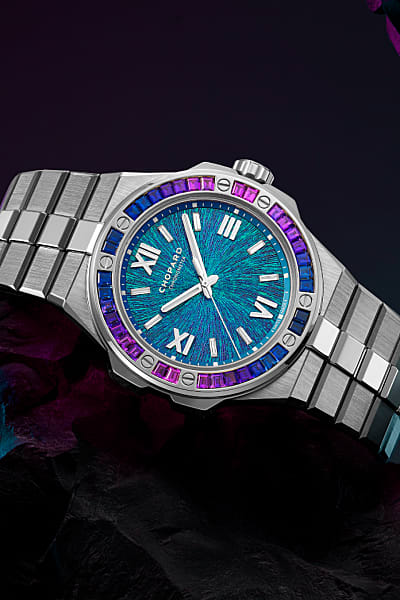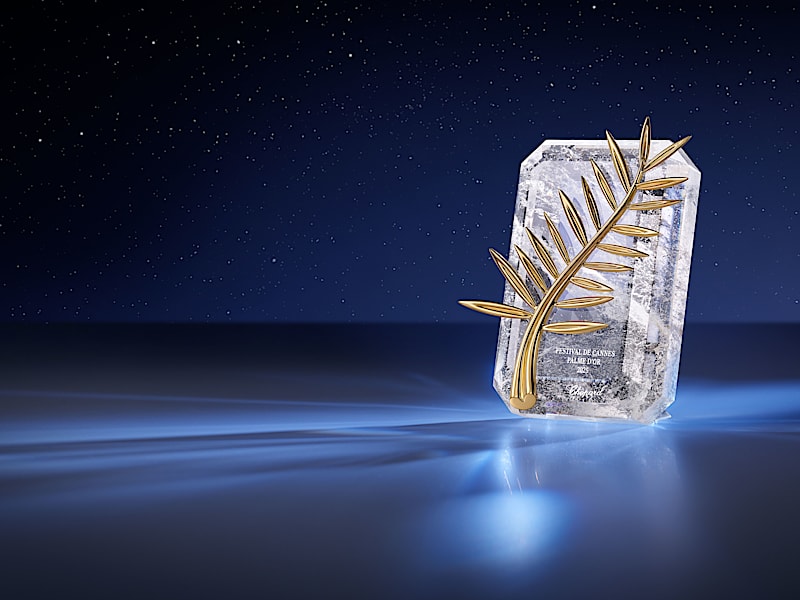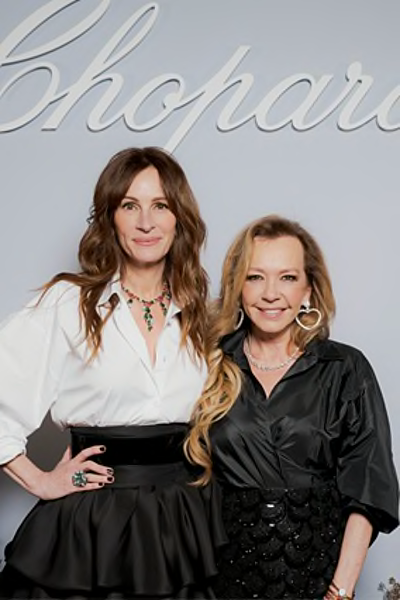-
-
-
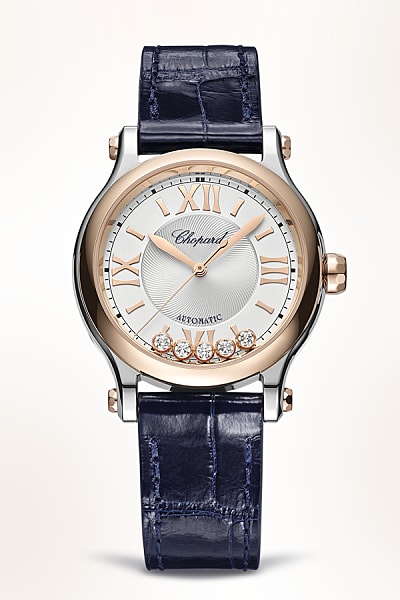 Relojes Happy SportTodas las creacionesDescubrir más
Relojes Happy SportTodas las creacionesDescubrir más -
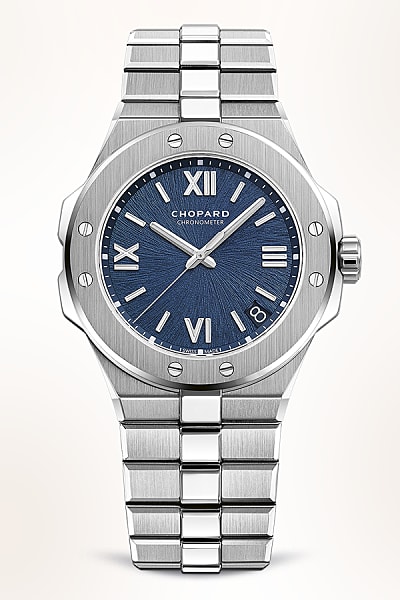 Relojes Alpine EagleTodas las creacionesDescubrir más
Relojes Alpine EagleTodas las creacionesDescubrir más -
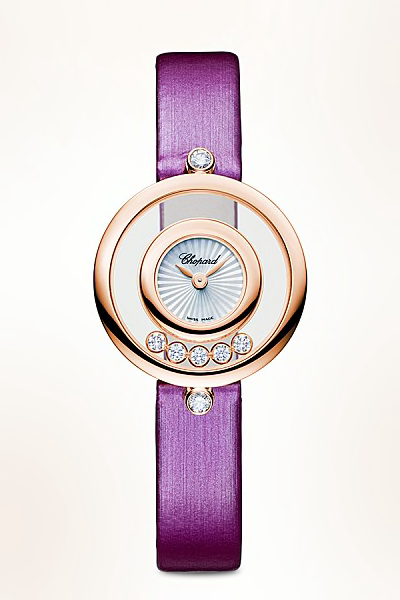 Relojes Happy DiamondsTodas las creacionesDescubrir más
Relojes Happy DiamondsTodas las creacionesDescubrir más -
 Relojes Mille MigliaTodas las creacionesDescubrir más
Relojes Mille MigliaTodas las creacionesDescubrir más -
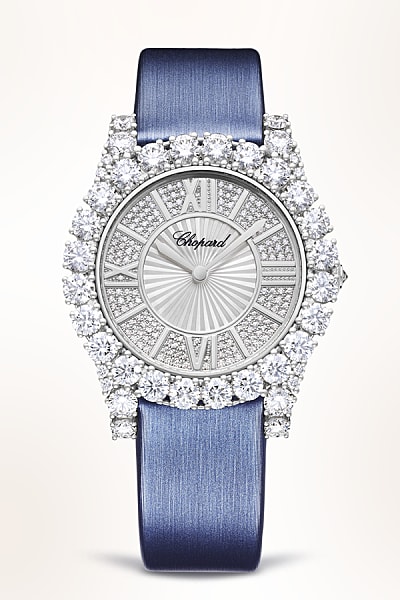 Relojes L’Heure Du DiamantTodas las creacionesDescubrir más
Relojes L’Heure Du DiamantTodas las creacionesDescubrir más -
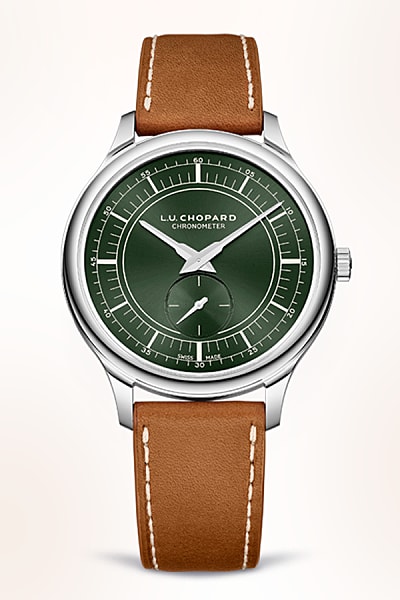 Relojes L.U.CTodas las creacionesDescubrir más
Relojes L.U.CTodas las creacionesDescubrir más -
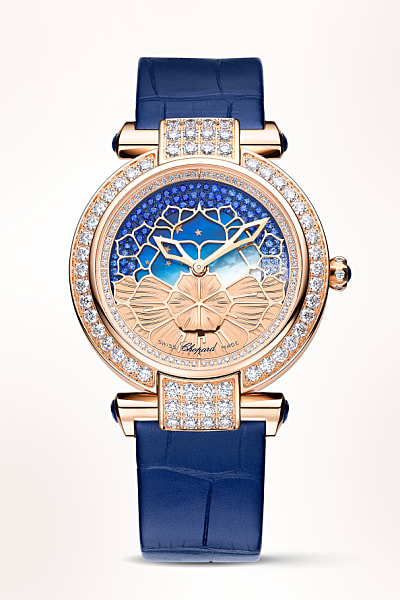 Relojes IMPERIALE
Relojes IMPERIALE -
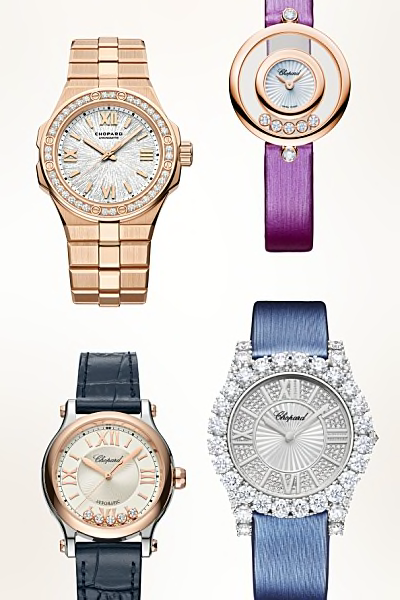 Todas las colecciones de relojes
Todas las colecciones de relojes
-
-
-
 Relojes Happy SportTodas las creacionesDescubrir más
Relojes Happy SportTodas las creacionesDescubrir más -
 Relojes Happy DiamondsTodas las creacionesDescubrir más
Relojes Happy DiamondsTodas las creacionesDescubrir más -
 Relojes Alpine EagleTodas las creacionesDescubrir más
Relojes Alpine EagleTodas las creacionesDescubrir más -
 Relojes L’Heure Du DiamantTodas las creacionesDescubrir más
Relojes L’Heure Du DiamantTodas las creacionesDescubrir más -
 Relojes IMPERIALE
Relojes IMPERIALE -
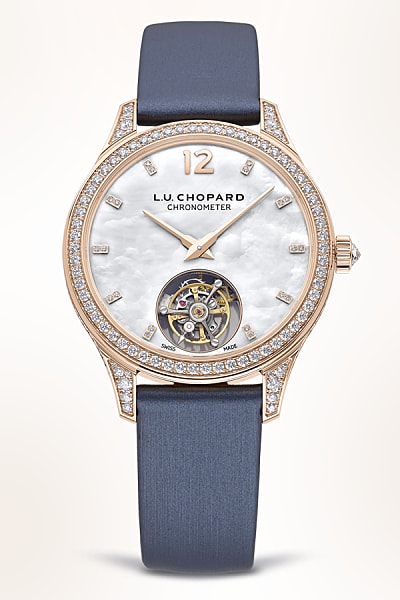 Relojes L.U.CTodas las creacionesDescubrir más
Relojes L.U.CTodas las creacionesDescubrir más -
 Todos los relojes de mujer
Todos los relojes de mujer
-
- Todos los relojes
-
-
-
-
 Joyas Happy HeartsTodas las creacionesDescubrir más
Joyas Happy HeartsTodas las creacionesDescubrir más -
 Joyas Ice CubeTodas las creacionesDescubrir más
Joyas Ice CubeTodas las creacionesDescubrir más -
 Joyas Happy DiamondsTodas las creacionesDescubrir más
Joyas Happy DiamondsTodas las creacionesDescubrir más -
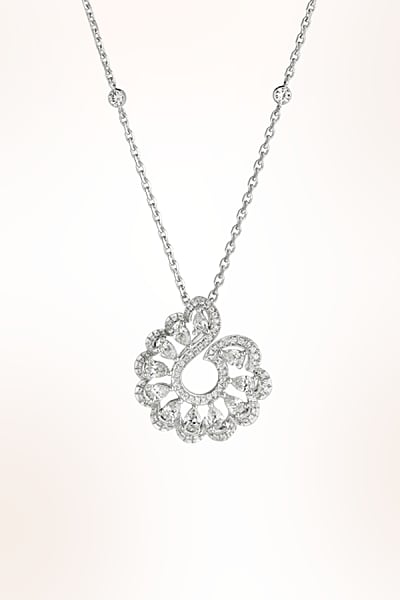 Joyas Precious LaceTodas las creacionesDescubrir más
Joyas Precious LaceTodas las creacionesDescubrir más -
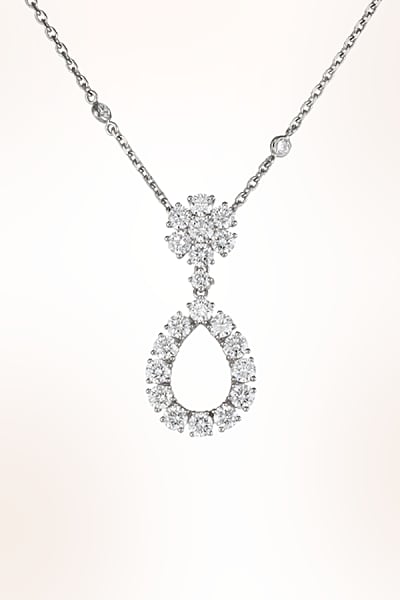 Joyas L'Heure du DiamantTodas las creacionesDescubrir más
Joyas L'Heure du DiamantTodas las creacionesDescubrir más -
 Todas las colecciones de joyas
Todas las colecciones de joyas
-
-
-
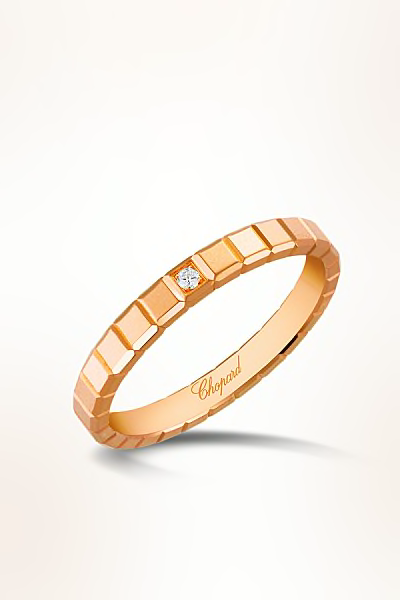 Anillos Ice CubeTodas las creacionesDescubrir más
Anillos Ice CubeTodas las creacionesDescubrir más -
 Anillos Happy HeartsTodas las creacionesDescubrir más
Anillos Happy HeartsTodas las creacionesDescubrir más -
 Anillos Happy DiamondsTodas las creacionesDescubrir más
Anillos Happy DiamondsTodas las creacionesDescubrir más -
 Anillos Precious LaceTodas las creacionesDescubrir más
Anillos Precious LaceTodas las creacionesDescubrir más -
 Anillos L'Heure du DiamantTodas las creacionesDescubrir más
Anillos L'Heure du DiamantTodas las creacionesDescubrir más -
 Todos los anillos
Todos los anillos
-
-
-
 Collares y colgantes Happy HeartsTodas las creacionesDescubrir más
Collares y colgantes Happy HeartsTodas las creacionesDescubrir más -
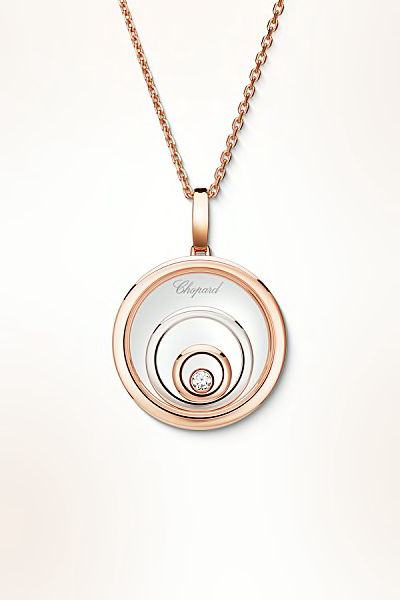 Collares y colgantes Happy DiamondsTodas las creacionesDescubrir más
Collares y colgantes Happy DiamondsTodas las creacionesDescubrir más -
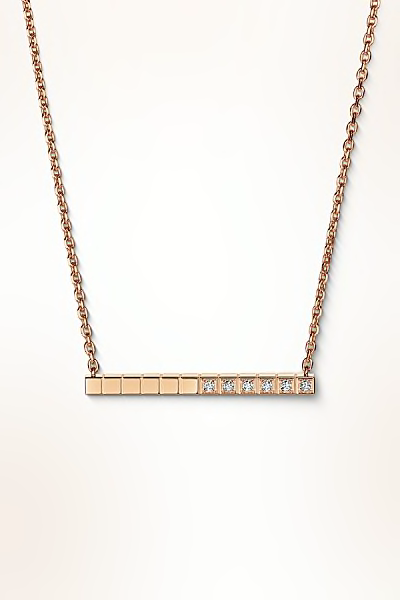 Collares y colgantes Ice CubeTodas las creacionesDescubrir más
Collares y colgantes Ice CubeTodas las creacionesDescubrir más -
 Collares y colgantes Precious LaceTodas las creacionesDescubrir más
Collares y colgantes Precious LaceTodas las creacionesDescubrir más -
 Collares y Colgantes L'Heure Du DiamantTodas las creacionesDescubrir más
Collares y Colgantes L'Heure Du DiamantTodas las creacionesDescubrir más -
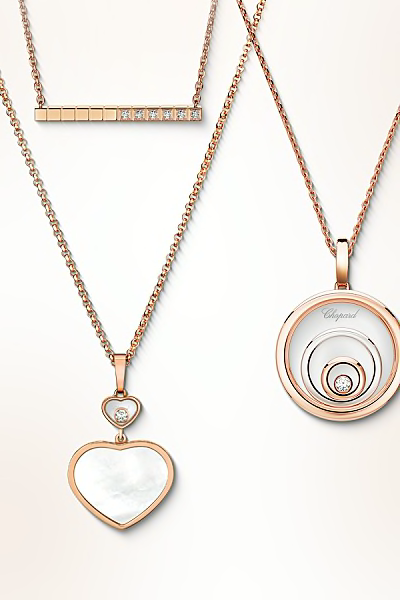 Todos los collares y colgantes
Todos los collares y colgantes
-
-
-
 Pendientes Happy HeartsTodas las creacionesDescubrir más
Pendientes Happy HeartsTodas las creacionesDescubrir más -
 Pendientes Happy DiamondsTodas las creacionesDescubrir más
Pendientes Happy DiamondsTodas las creacionesDescubrir más -
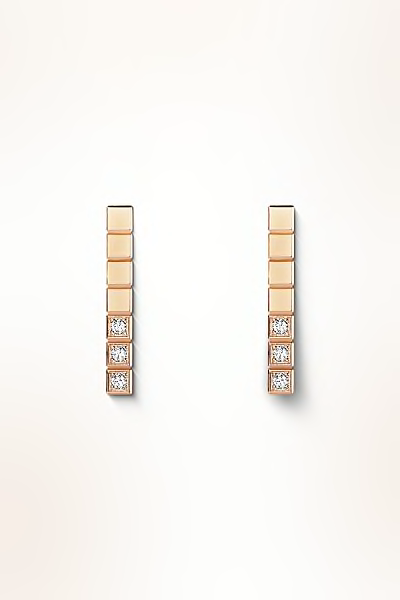 Pendientes Ice CubeTodas las creacionesDescubrir más
Pendientes Ice CubeTodas las creacionesDescubrir más -
 Pendientes Precious LaceTodas las creacionesDescubrir más
Pendientes Precious LaceTodas las creacionesDescubrir más -
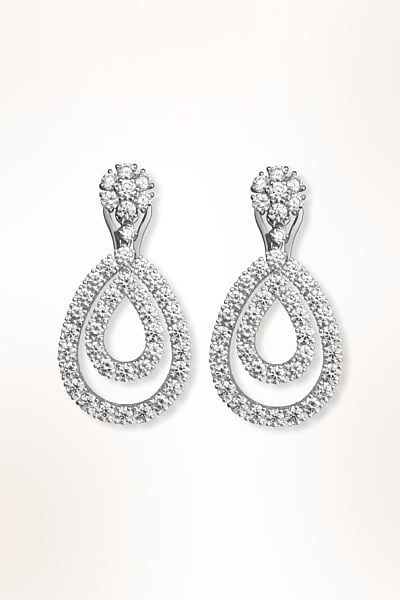 Pendientes L'Heure du DiamantTodas las creacionesDescubrir más
Pendientes L'Heure du DiamantTodas las creacionesDescubrir más -
 Todos los pendientes
Todos los pendientes
-
- Todas las joyas
-
-
-
- Boutique
- +34 919 03 66 57
-
Activar contraste altoDesactivar animaciones




